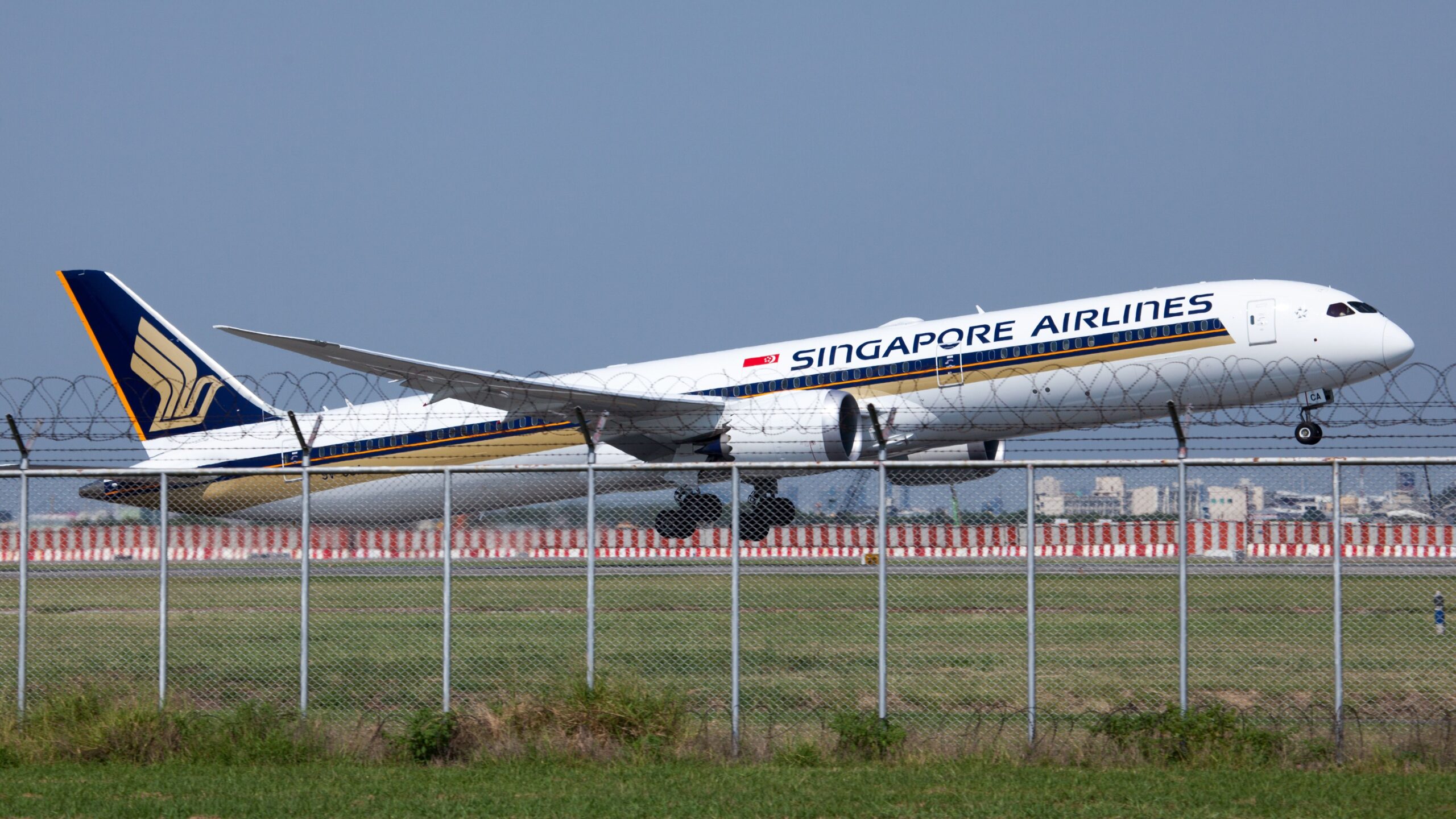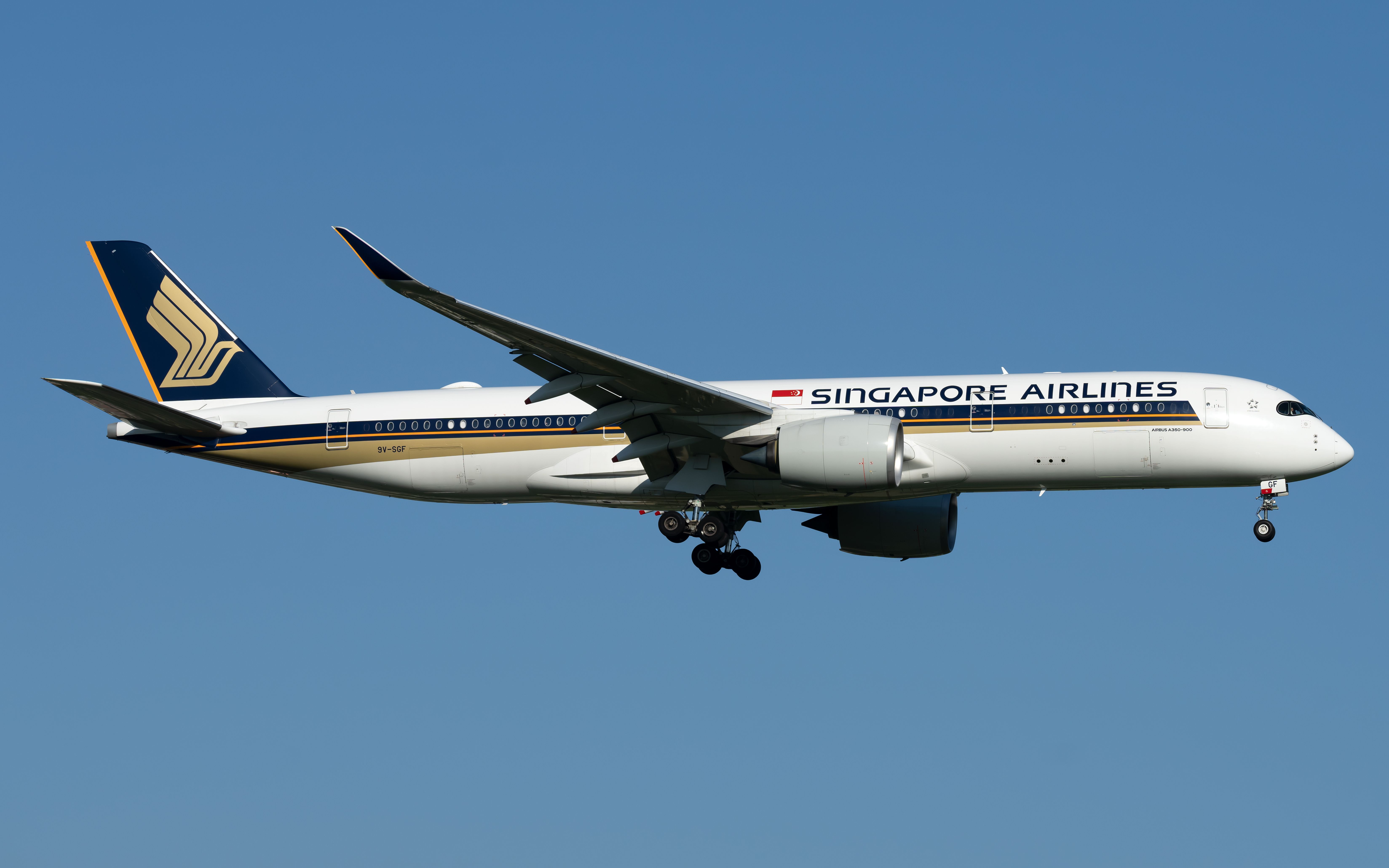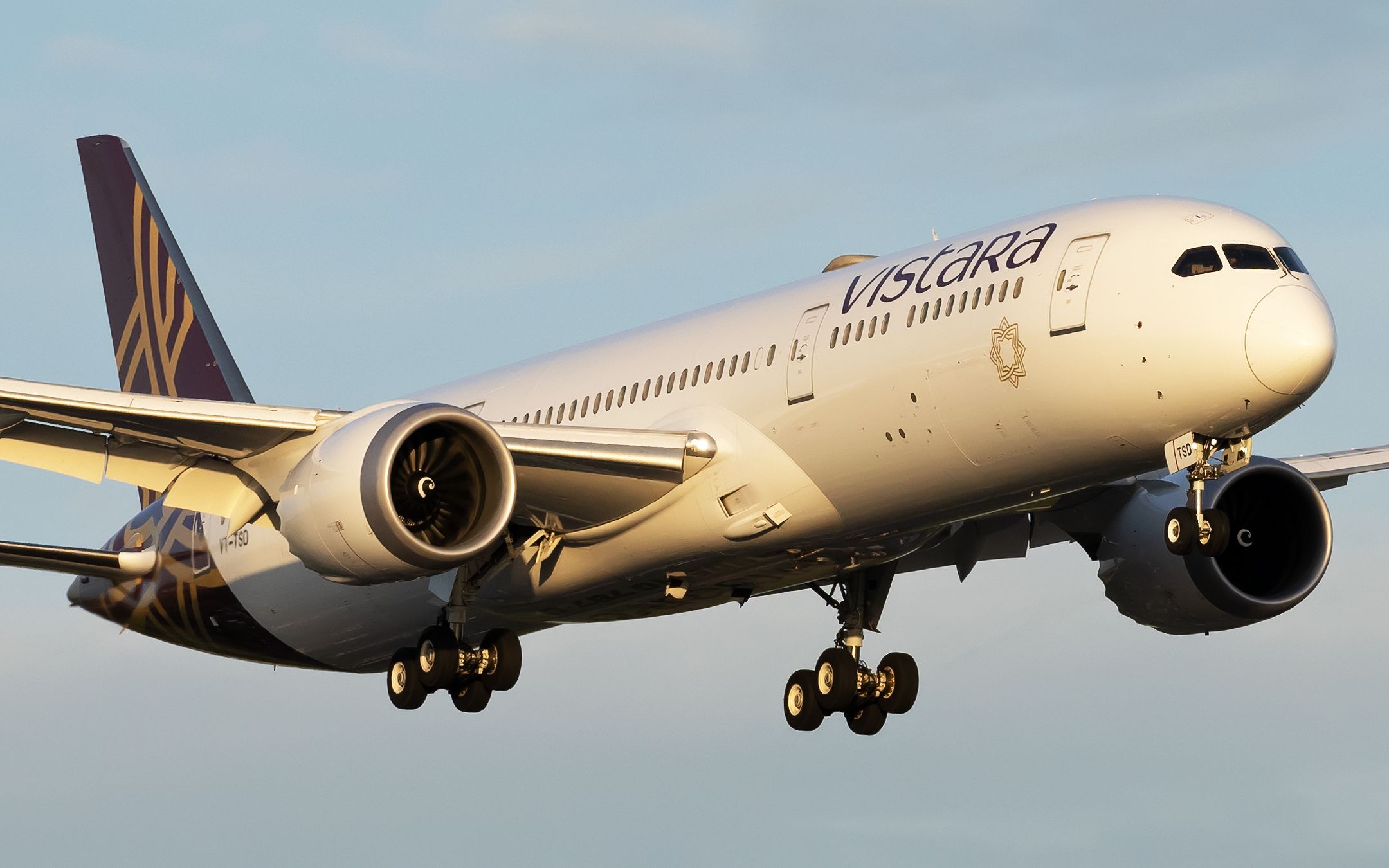![]() Singapore Airlines
Singapore Airlines
has ended the first half of its 2024/2025 financial year with profits dropping by almost 50%, with the carrier citing growing capacity and stronger competition as the reasons for its deteriorating performance during the period.
Costs outpacing revenues
While Singapore Airlines ended H1 FY2024/2025 with an operating profit of S$796 million ($602.4 million), representing a 48.8% decrease year-on-year (YoY), its expenses’ growth rate outpaced revenue growth.
During the period, the Singapore Changi Airport
(SIN)-based airline group, which also includes Scoot
, its low-cost carrier arm, earned S$9.4 billion ($7.1 billion) in revenue, an increase of 1.4%.
Singapore Airlines’ operating expenses rose 14.4% YoY to S$8.7 billion ($6.5 billion), with fuel costs (net) representing 31% of its costs during the financial period.
According to the airline, passenger demand remained healthy during the six-month period, with Singapore Airlines and Scoot carrying 19.2 million passengers, 10.8% more YoY.
Photo: Steve Worner | Shutterstock
“However, passenger traffic growth of 7.9% trailed the SIA Group’s passenger capacity expansion of 11.0%, resulting in a 2.4 percentage point decline in Group passenger load factor (PLF) to 86.4%. SIA and Scoot achieved PLFs of 85.7% and 88.6% respectively.”
Furthermore, yields fell 5.6% due to more competition and higher passenger capacity in key markets.
The company added that e-commerce flows and ongoing sea freight disruptions led to the cargo load factor growing 4.7% to 57.4%, with loads rising by 20%, outpacing capacity growth of 10.2%. That reflected strong demand for its cargo services, with Singapore Airlines operating 12 dedicated freighters: seven converted Boeing 747
and five Boeing 777F
cargo aircraft, ch-aviation data showed.
At the same time, cargo yields fell 13.4% as passenger aircraft added more belly hold capacity to its freight operations, the airline said.
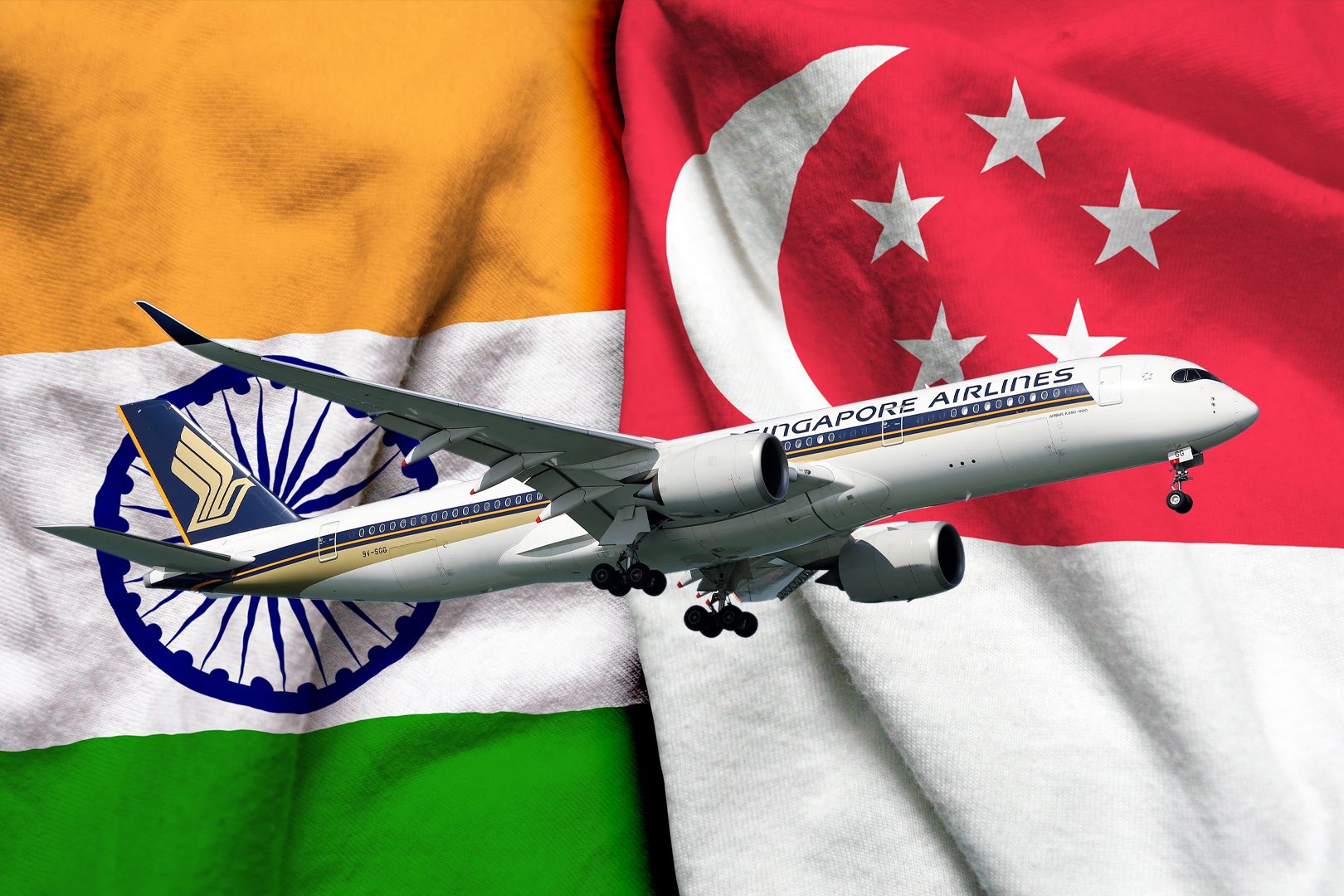
Related
Competitive Corridor: Examining The 7 Airlines Flying Between Singapore & India This November
Which routes do the seven airlines fly between Singapore and India?
Competitive landscape continuing
As a result, Singapore Airlines ended the period with a net profit of S$742 million ($561.7 million), 48.5% lower than during the corresponding period a year prior.
“Other contributing factors included lower net interest income and a loss on disposal of aircraft, spares, and spare engines versus a gain last year.”
At the same time, the share of profits from its subsidiaries was higher, and the group’s tax-related costs were lower, the company noted.
Looking forward, Singapore Airlines stated that while it expects demand to remain strong, the operating landscape will continue to be competitive. Responding to these challenges, the airline promised to stay “nimble and agile, adjusting its passenger network and capacity to match evolving demand patterns.”
Photo: Vincenzo Pace | Simple Flying
“Heading into the year-end peak, air freight demand is expected to stay healthy. The Group will monitor key trade lanes and adapt its capacity accordingly.”
Singapore Airlines remained confident that despite challenges in the passenger segment, as well as geopolitical tensions, macroeconomic factors, and inflation-related cost pressures, it was well-positioned to navigate them.
“Its strong financial position, firm focus on people and digital initiatives, long-term strategic investments, and deeper partnerships with like-minded carriers will enable it to seize revenue and growth opportunities, while maintaining its focus on cost discipline.”
Speaking about the Air India and Vistara merger, Singapore Airlines said that it expected the merger to close during the month, which should result in a non-cash accounting gain of S$1.1 billion ($832.6 million) upon the closing of the transaction. The merger will result in Singapore Airlines starting to account for its share of Air India’s financial results in equity, with the former obtaining a 25.1% stake in the latter.
Photo: Vincenzo Pace | Simple Flying
The airline should invest around $S489 million ($370.2 million) in Air India
through a subscription to new shares of the Indian carrier, which should occur after the merger is completed.
On October 21, Singapore Airlines and Air India announced that they expanded their codeshare agreement with 51 new destinations, including 11 Indian and 40 international cities that were added to both carriers’ networks.
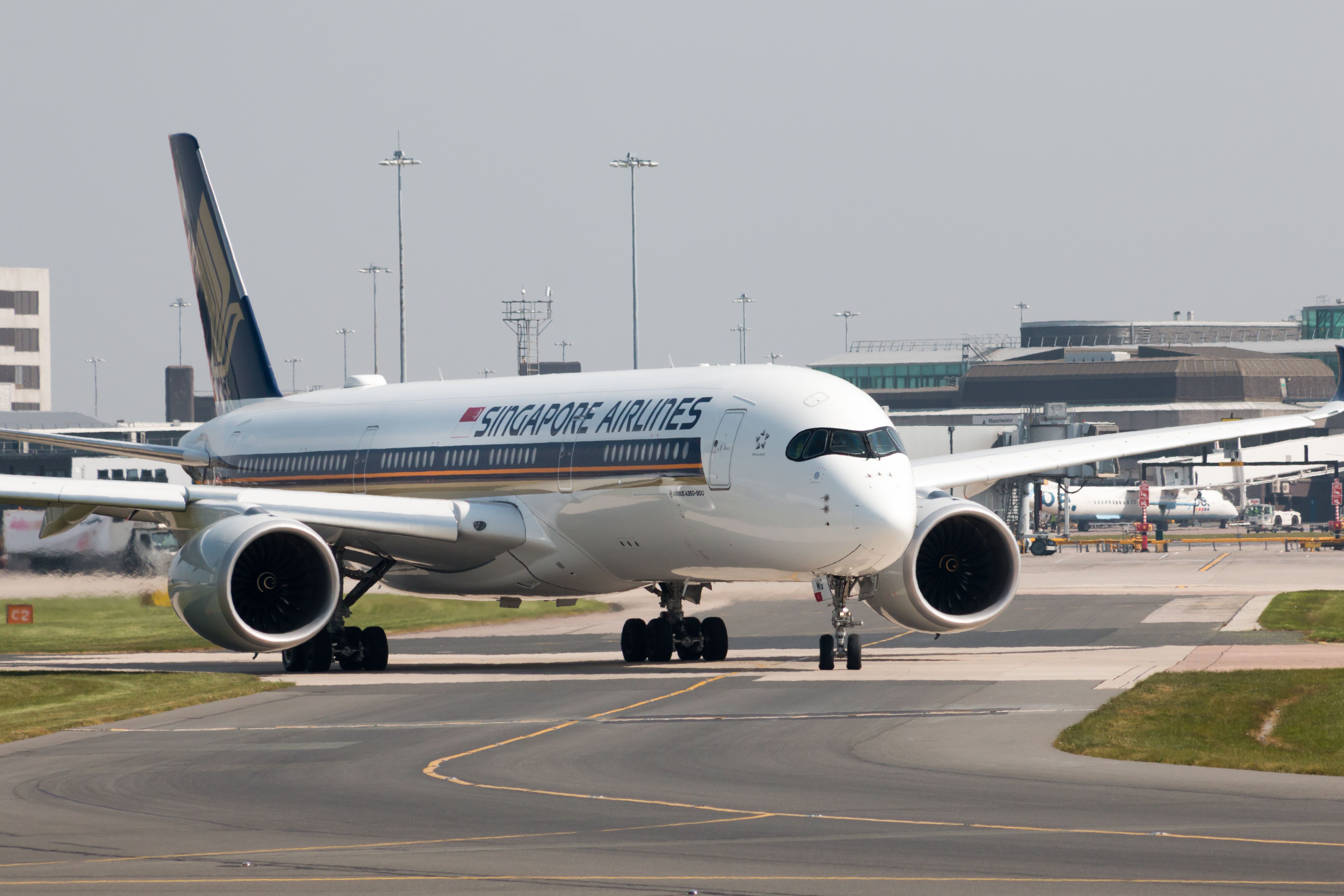
Related
Examined: Singapore Airlines’ Complete US Route Network In September 2024
Singapore Airlines is a regular visitor in the US. let’s find out where (and from where) it’s flying to in September.
Retrofit program
Several days before it announced its H1 FY2024/2025 financial results, Singapore Airlines announced a comprehensive cabin retrofit program for its Airbus A350-900
aircraft, including the ultra-long range (ULR) A350-900s.
The S$1.1 billion ($832.2 million) program, which SIA Engineering will carry out at Singapore-Changi, will result in a first class cabin being installed on the aircraft, with the first and business class seats mirroring those that will be installed on the airline’s Boeing 777-9s.
The first retrofitted A350-900 should enter service in Q2 2026, while the first A350-900ULR
should begin flying commercially in Q1 2027.
During the six-month fiscal period, Singapore Airlines welcomed four Boeing 787-10
aircraft. As of September 30, the airline group, which had 205 operational aircraft, operated flights to 127 destinations in 36 countries and territories, including its home base, Singapore Changi Airport (SIN).
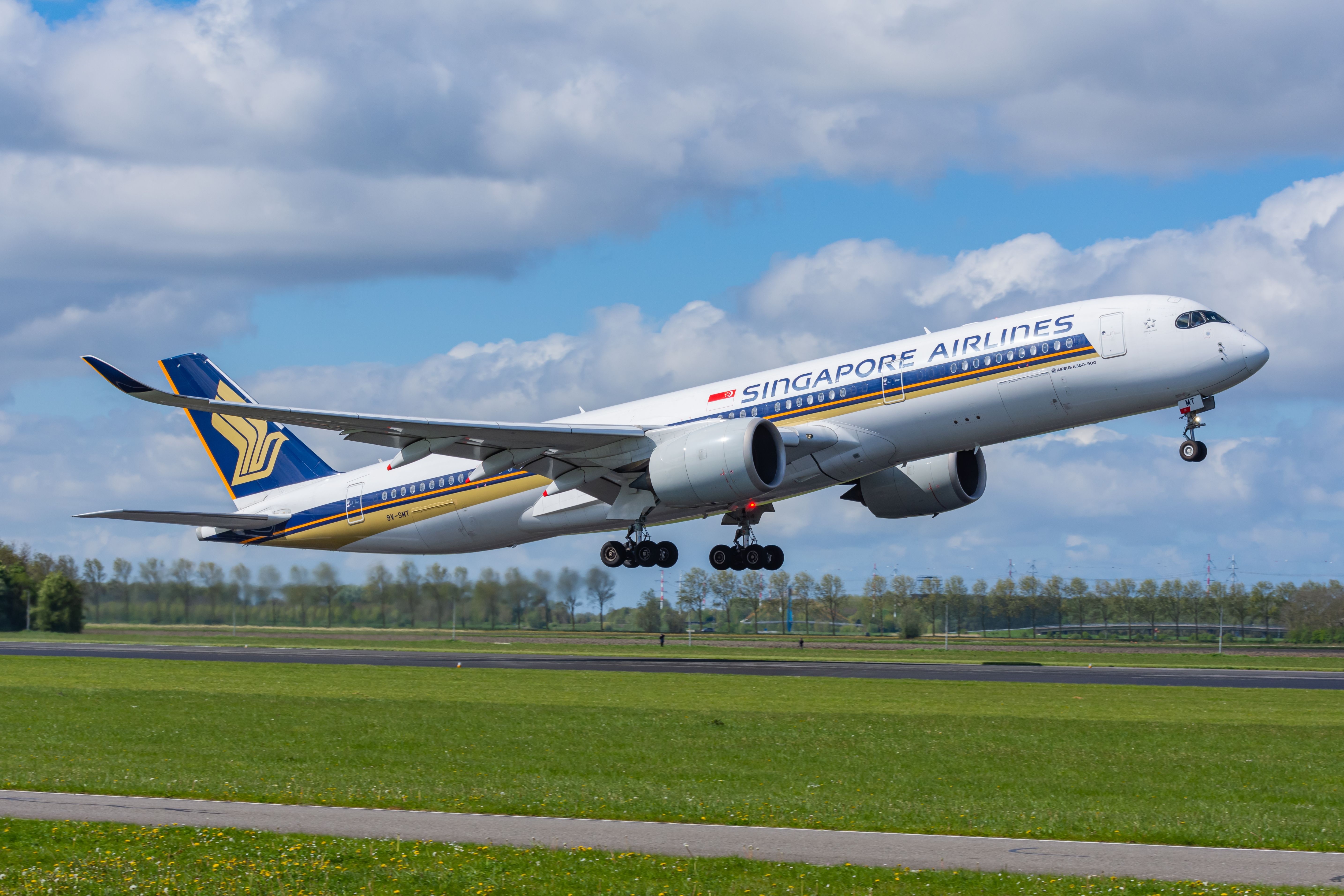
Related
Singapore Airlines Will Invest $835 Million In New Interiors For Its Airbus A350s
More than 40 of the carrier’s A350s will have their cabins upgraded.

